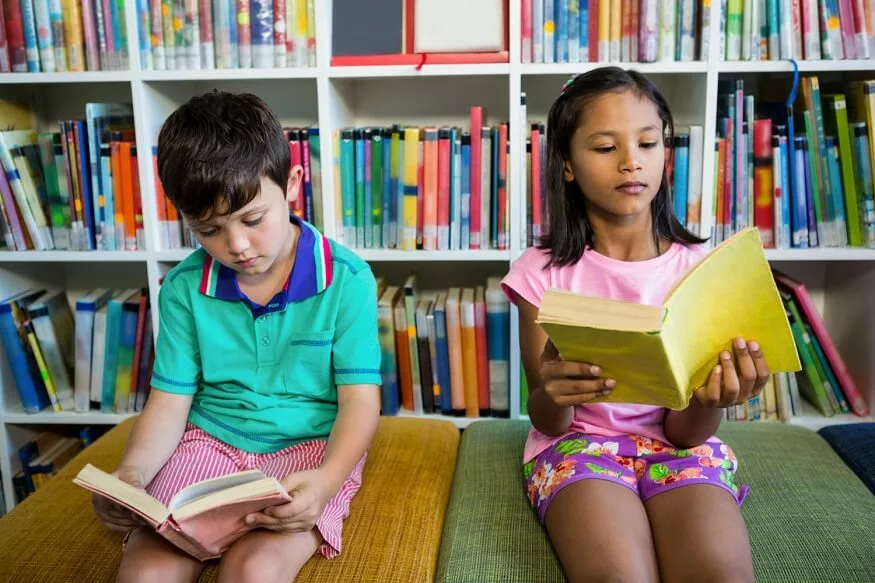Helping children develop their fine motor skills is an essential part of their growth journey. Think of the pincer grasp – that clever little move where kids learn to pinch and hold things using their thumb and index finger. It’s not just about picking up toys; mastering this skill is like unlocking a whole new world for them. Suddenly, writing, getting dressed, and even eating with utensils become adventures they can navigate on their own.
In this article, we’ll unravel the significance of the pincer grasp, delve into what it entails, and unveil a collection of engaging pincer grasp activities designed to foster fine motor skills in children.
Understanding the Pincer Grasp
The pincer grasp is a refined form of hand control that emerges as a developmental milestone in early childhood. It involves the coordinated movement of the thumb and forefinger to grasp and manipulate objects with precision. This intricate skill not only paves the way for self-sufficiency in activities like eating and dressing but also serves as a foundation for later academic tasks such as writing and drawing.
The progression of the pincer grasp can be categorised into two main stages:
- Palmar Grasp:
- Pincer Grasp:
Initially, infants use the palmar grasp, where they clasp objects by wrapping their fingers around them, often using the whole hand. This reflexive grasp evolves into a more sophisticated pincer grasp as fine motor skills develop.
The pincer grasp emerges around the age of 9 to 12 months, as the child gains increased control over their hand movements. It involves the opposition of the thumb and forefinger, creating a pinching motion that allows for precise manipulation of small objects.
Also Read: What is the development of a child in preschool?
Fine Motor Skills and Their Crucial Role
Fine motor skills encompass the coordination and control of small muscles in the hands and fingers. As children refine these skills, they gain the ability to perform intricate tasks that are essential for daily living and academic success. Fine motor skills not only facilitate self-care activities such as buttoning shirts and tying shoelaces but also lay the groundwork for handwriting, drawing, and other activities that require precision and dexterity.
Engaging Pincer Grasp Activities:
Now, let’s explore a variety of creative and enjoyable pincer grasp activities that can be seamlessly incorporated into a child’s routine to nurture fine motor skills.
- Playdough Pinching:
- Pom Pom Sorting:
- Threading Beads:
- Clothespin Match-Up:
- Feather Pick-Up:
- Sticker Peeling:
- Nut and Bolt Matching:
- Drawing with Small Crayons:
- Transfer Activities:
- Nature Scavenger Hunt:
Utilise the tactile joy of playdough to encourage the development of the pincer grasp. Provide small chunks of playdough and invite children to pinch and roll it between their thumb and forefinger. This activity not only refines their pincer grasp but also enhances sensory awareness.
Create a vibrant sorting activity using colourful pom poms. Place a variety of pom poms in a container and provide children with a pair of child-friendly tweezers or their fingers to pick up and sort the pom poms by colour. This activity not only hones the pincer grasp but also enhances colour recognition and sorting skills.
Transform fine motor skill development into a creative endeavour by introducing threading activities. Use large beads and present children with a shoelace or pipe cleaner, encouraging them to thread the beads onto the string. This activity sharpens the pincer grasp while also promoting hand-eye coordination.
Incorporate a household item to create a fun matching game. Attach coloured stickers to clothespins and scatter them around the room. On a separate surface, place matching coloured pieces of construction paper. Encourage children to match the clothespins to the corresponding colours, using the pincer grasp to open and close the clothespins.
Engage children’s imagination and sensory exploration by using feathers in a pincer grasp activity. Scatter feathers on a table and invite children to pick them up using their thumb and forefinger. The delicate nature of the feathers challenges the pincer grasp while providing a sensory experience.
Turn the seemingly mundane task of peeling stickers into a fine motor skills exercise. Provide children with sheets of stickers and guide them to peel off stickers using the pincer grasp. This activity not only enhances the pincer grasp but also promotes hand strength and coordination.
Introduce a construction-themed activity by using nuts and bolts. Provide children with nuts and bolts of different sizes and encourage them to match the nuts to the corresponding bolts. This hands-on activity challenges the pincer grasp while fostering problem-solving skills.
Opt for smaller-sized crayons or broken crayon pieces to encourage a refined grip. Encourage children to draw or colour using these smaller crayons, promoting precision in their hand movements and reinforcing the pincer grasp.
Set up transfer activities using small containers and items like beans or rice. Provide children with a spoon or small tongs to transfer the items from one container to another. This not only hones the pincer grasp but also enhances hand-eye coordination.
Take the pincer grasp outdoors by organising a nature scavenger hunt. Encourage children to collect small items like leaves, pebbles, or flowers, using their thumb and forefinger. This outdoor exploration not only refines fine motor skills but also connects children with the wonders of nature.
Also Read: Developing Fine Motor Skills through Fun Activities for Kindergarteners
Tips for Successful Implementation
Here are tips for the successful implementation of activities designed to develop the pincer grasp in children
- Start Simple: Begin with easier tasks and gradually increase the difficulty level as the child becomes more proficient. This helps build confidence and ensures a positive experience.
- Encourage Independence: Allow children the space to try and figure out how to manipulate objects on their own. This fosters problem-solving skills and independence.
- Regular Practice: Consistency is key in developing motor skills. Incorporate these activities regularly into the child’s routine for better results.
- Safety First: Ensure that all materials used are safe and age-appropriate to avoid any potential hazards, especially choking risks for younger children.
- Encourage Exploration: Allow children to explore and use materials in their way. This encourages creativity and can lead to the development of new skills.
- Use Everyday Objects: Incorporate everyday objects into activities, making it easy to continue practicing during regular daily routines.
- Adapt to the Child’s Interests: Tailor activities to align with the child’s interests, making the experience more engaging and enjoyable for them.
Also Read: Indoor Activities to Strengthen Gross Motor Skills
As EuroSchool nurtures little hands, we are not merely fostering physical skills; we are nurturing the foundation upon which a child’s confidence, creativity, and capabilities will flourish.











